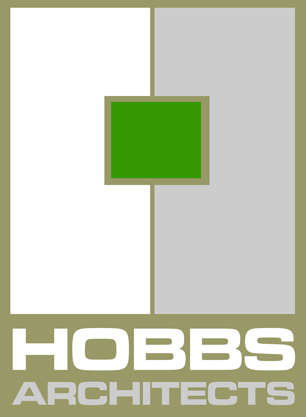Meet This Artist: Lisa Fedele, Fostering Creativity, Collaboration, and Innovation
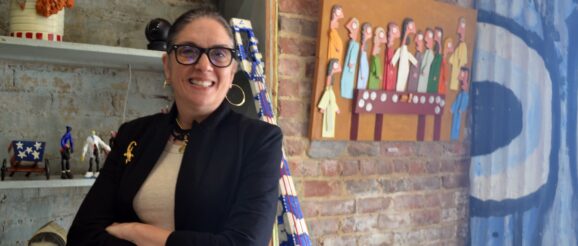
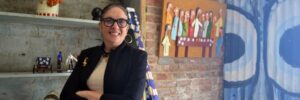
The Chatham Arts Council is investing in artists through our Meet This Artist series, introducing you to 12 Chatham County artists each year in a big way. The fine folks at Hobbs Architects in downtown Pittsboro are powering our Meet This Artist series this year. Architecture is art, and the Hobbs crew values art in our community.
Take a look. Meet your very inspiring neighbors. Meet This Artist.
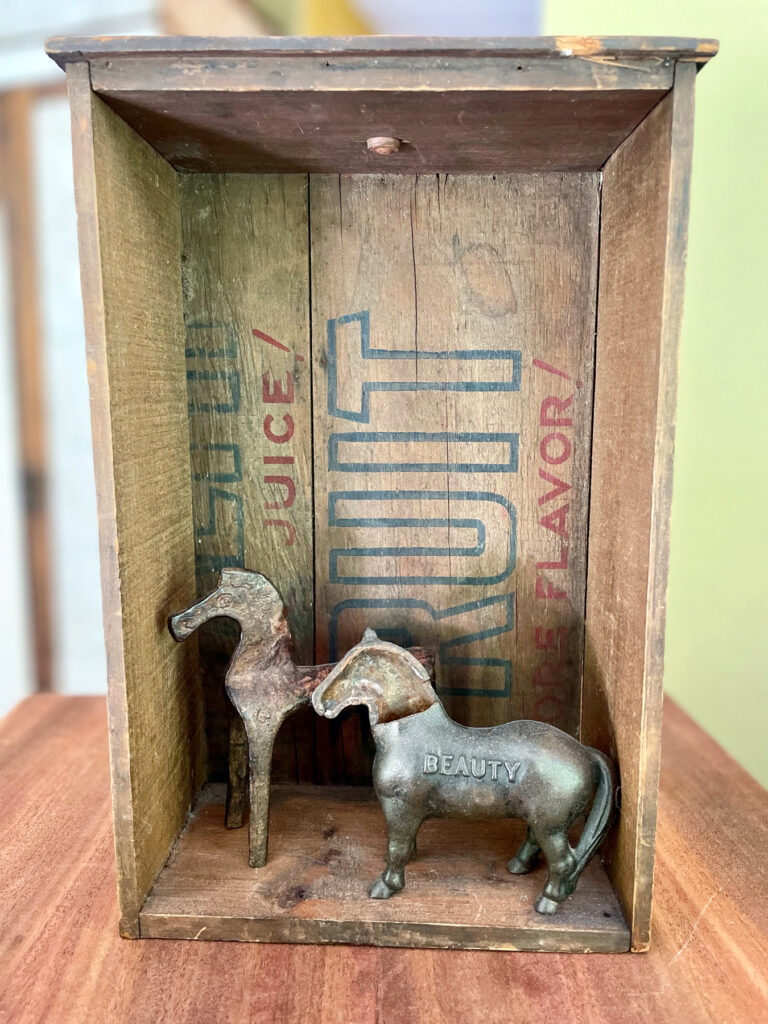
Opening the door into The Alliance in downtown Siler City, creativity becomes tangible. This is the current home of The Small Museum of Folk Art and Milestone Bag Co.–and it’s where artist and entrepreneur Lisa Fedele fosters community.
Whether it’s in her role as the Director of Global Creative Operations at Cisco Systems, as board chair of the NC Arts Incubator, or as community-builder through The Alliance, Lisa brings innovation and collaboration to all of her endeavors.
Lisa Fedele is happiest when she’s creating. She was (and still considers herself) “the kid with the big imagination, a daydreamer that spent more time in the world of the possible than in the now, a kid with a short attention span, prone to the luster of shiny objects.” She sees patterns and potential in everything, and it’s quickly evident that she has an innate skill for connecting disparate things.
I had a lively conversation with Lisa in her home away from home, The Alliance in Siler City. We chatted among the vibrancy of colors and beauty of The Small Museum of Folk Art, which is currently housed in The Alliance.
Tell us about yourself, Lisa.
I always say that my career and my life is much more like a mosaic than a linear path. I started out my career as a fine artist and have a degree in fine arts from the University of New Orleans, with equal time in printmaking and sculpture. I ended up pursuing graphic design as a career path. I’m constantly making things. I like seeing potential in things, connecting the dots between things. Everything that I do is very much through the lens of a creator or a maker.
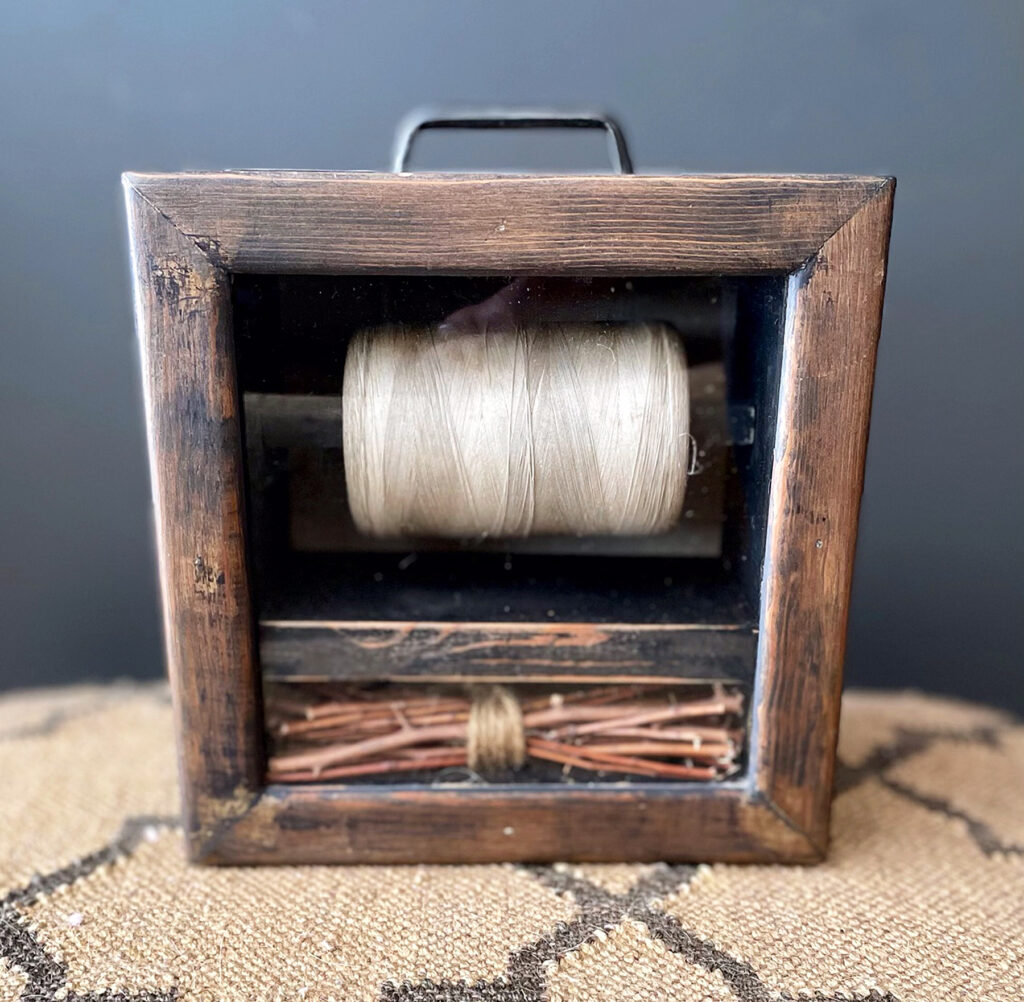
What is your earliest art memory?
My fondest memories are walking along the batture of the Mississippi River in New Orleans with my father, collecting driftwood and useless discarded objects that had made their way down river. I saw them as ingredients that could be assembled into work-of-art puzzle pieces, ones that could fit together to make magic. I’ve always been told that I was an artist. My creations lined the hallways of my elementary school donned with blue ribbons, gold stars, and prized scratch-and-sniff stickers that smelled like strawberry.
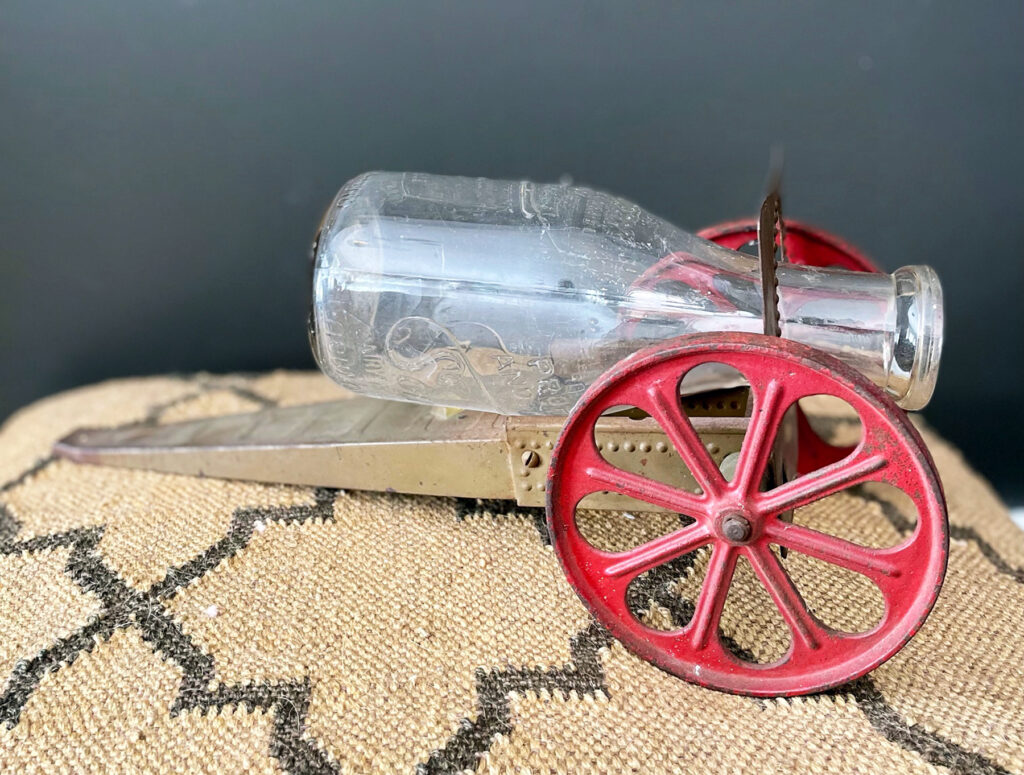
It’s interesting that what you’re describing is much like what you do with people.
It’s absolutely what I do with people. I’m good at building things and connecting people. That’s really because of my art training. It goes back to my childhood. My father would pick up this gnarly piece of driftwood, and then he would make something out of it. I really want to be able to help other people learn to view life through a creative lens.
I think that creative problem solving can be overlaid on any kind of problem, whether it’s What am I going to do next in my life? or How should I design my house? or How do I help improve the city I live in? I really want to be able to, as an artist and as a creator of things, share those ideas with people.
What brought you to North Carolina and Siler City, specifically?
I found Siler City accidentally. I came to North Carolina in 2010 to take a job at Cisco Systems. I knew I wanted to live in a more rural area because I had just gone through Hurricane Katrina and the BP oil spill in New Orleans, and I really needed to get back to nature and the land. I just happened to be looking through one of those old real estate magazines as I was eating at Mama Dips, and I saw this modern house on farmland that was about to be foreclosed on. I went in, took a look at it, fell in love with it (I had never been here before), and put in an offer the same morning the bank foreclosed on it. So, I basically won the house lottery.
I then found out about the NC Arts Incubator, visited the coffee shop, met a bunch of very like-minded people, and got involved in the community. I say that there was a greater force at work.
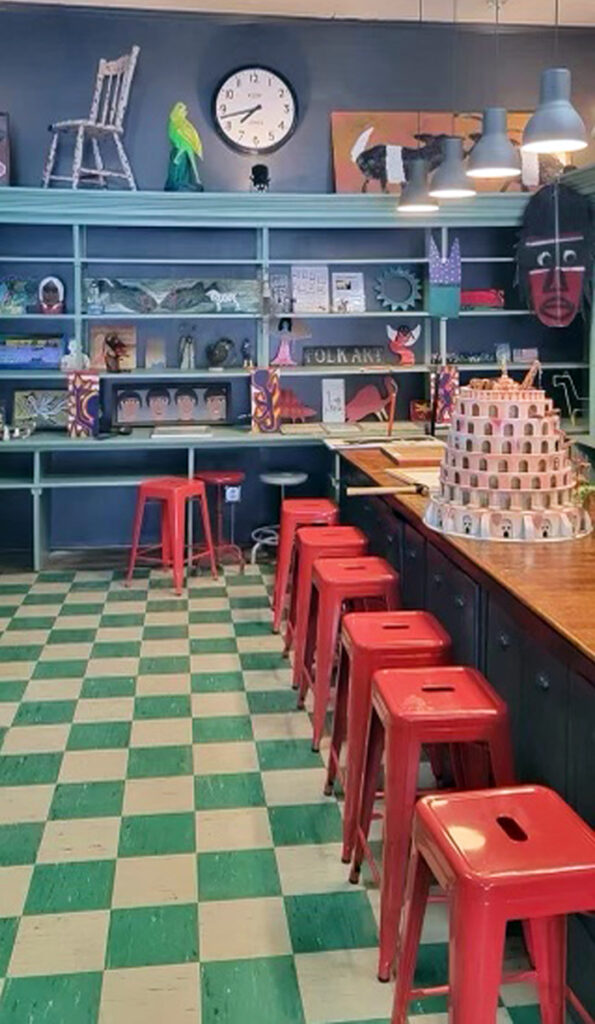
How did you find the old Farmers Alliance?
I am a very avid gardener. So, when I first came here, everybody told me, if you want to buy seeds, you should go to the Farmers’ Alliance. So I actually shopped here; I bought a pair of overalls and some seeds. A couple years later, I heard that the Farmers’ Alliance was being put up for sale. I did a walkthrough of the space, and I could see all its potential. I also had done a little bit of research about farmers’ alliances in general. They’re a byproduct of the Civil War when, for all intents and purposes, there was supply chain disruption, and you couldn’t get what you needed in order to farm. So the farmers created a co-op. And the beautiful thing about this is, in addition to sharing knowledge, they were the early agriculture extension. It was very much the heart of Siler City and the heart of the community. By the time I bought it, I think it was 130 years old. I just felt like this building couldn’t get boarded up.
It’s interesting that you’re using it as a gathering space again.
Well, it’s important. It’s still that sense of community. I always say that I have an obligation to the past and a commitment to the future of Siler City. My goal always was to create a place where people could continue to share knowledge, would continue to connect with each other, to share and to rebuild this community.
We’ve had painters, musicians, and singers use the space. Our most famous person here is Julia Greenwood with Milestone Bag Co. The space is available for rent to artists and creative entrepreneurs. In addition, it’s donated community space. It’s always my goal to create access to space, knowledge, ideas, and technology. During the pandemic, it was hard enough to be disconnected, and then trying to sit in a car in a parking lot and learn as a child. Now, more and more nonprofits want to meet in the space, which is free for nonprofit organizations to use. Our only rule is that the groups using this space have to be respectful and inclusive.
The Small Museum of Folk Art recently moved into The Alliance. Tell us about that.
People are getting to interact with this collection who would have never interacted with it. I feel like it’s doing a lot of good for the community. It creates dialogue, and it creates opportunities for people to think, Hey, maybe this is an option for me to share ideas and stories through creating art, because it doesn’t have to be perfect.
If you’re going to visit the museum, you should give yourself a good amount of time to look around because there’s so much here, so much to learn and to experience.
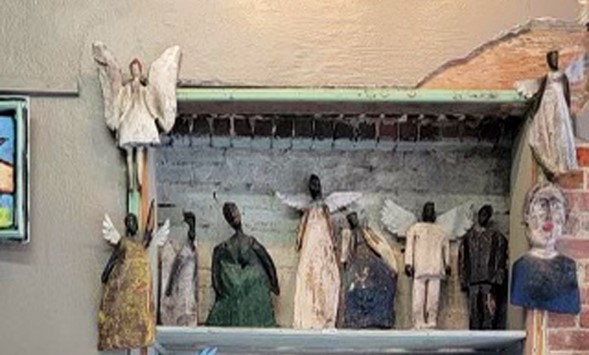
What are your plans and dreams for the future of The Alliance?
I would love to continue to do what we’re doing. As we see changes in Siler City, we’re seeing less available space for the community to use. I would love to collaborate with other organizations on different sorts of programs that we could have here. We do have a STEM [science, technology, engineering, and math] education program in conjunction with Communities in Schools, and that has been extremely well received. We recently started working with a nonprofit, Futures for Kids, on fundraising to help continue to grow and enhance our programming here.
You’re currently the board chair at the NC Arts Incubator. Can you tell us what the Incubator is up to these days?
Being able to revive the Downtown Music Series has been a fantastic win for the Incubator and for the community at large. It’s an incredible free concert series. We’ve also got the existing Mary Helen Moody Visual Arts Scholarship, and we’re honored to be part of the legacy of Mary John Little Resch through the donation of a baby grand piano and a music scholarship in her name. When Michael Feezor, Director of the NC Arts Incubator, and I took over the responsibility of the Incubator during the pandemic, we wanted to be very welcoming to the community and to invite in all types of people. I think we’ve done a good job with that by getting the donation of the piano. It’s wonderful to walk in there and see kids playing the piano. We have a very diverse group of artists in the Underground Studios. We’ve also worked to collaborate with many nonprofits. So it’s a tightly connected organization.

What do you love about Chatham County?
The people. I always say that Chatham County’s greatest resources are hidden behind the trees. I am constantly amazed at the people that I meet here and their worldliness, their various backgrounds. We have a lot of new people in the community, who are great assets, and we have families who have been here for many, many years. I’ve found the more I engage with people, the more respectful they are of the culture that is here and are willing to help maintain that culture and those deep roots.
What are some of your favorite Chatham County places to visit?
Oh, I love food. I’m a big foodie. I love Chef Sera Cuni and Cafe Root Cellar. Downtown Siler City would be nothing without Brooke Simmons and the Chatham Rabbit Coffee Shop. I enjoy hanging out there and meeting people. And I especially love just walking in downtown Pittsboro and visiting all the shops, and then heading to The Plant and having a nice cocktail.
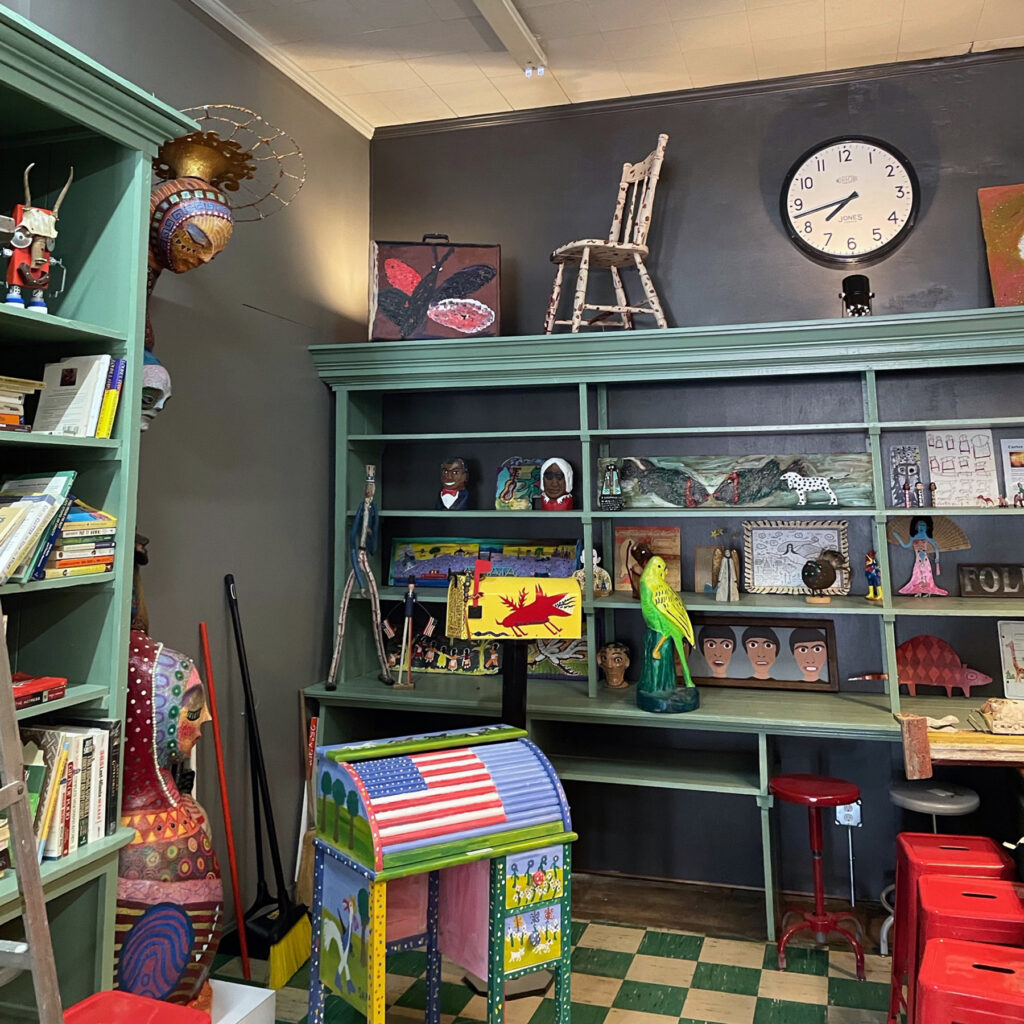
What do you do that makes you feel the most creative?
Every day of my life is super creative. I’m one of those people that the second their feet hit the floor in the morning, they want to do something new and different. I love to garden because I think you get a tremendous sense of accomplishment there.
I can’t stop thinking about ideas that can make this community in Downtown Siler City better and more engaging. Getting to be part of the positive change that’s happening here makes me feel creative.
With as much responsibility as I have at work, I’m basically a big kid, and I love that about myself. I still have childlike curiosity and wonder about everything. I see potential in things. I’m all about jumping out of the plane without the parachute on and figuring it out on the way down. So I’m not risk averse. It’s always suited me well.
What is something about you that not many people know?
I had a career as a standup comedian. I did that for four or five years. It was extremely rewarding. I was also a restaurateur and owned a restaurant in New Orleans for seven years.
Where do you see yourself artistically and in the arts community in the next five years?
I want to teach here at The Alliance. I want to share my love and my passion for creative thinking. Creativity is directly tied to innovation, so I think that my corporate life will continue in a consultative way, driving innovation, creative thinking, and design thinking in that space. But I also want to share the knowledge that I have and how it applies to life in general.
Creativity is not always viewed as an option or a path. There’s a direct line for me between entrepreneurship, innovation, and creativity. So I think it’s a really important thing to evangelize. Look at my father, who had a third grade education. My father was a diesel mechanic, but at his core he was an artist and a maker. I think about how many kids, very much like my father, don’t know that creativity is a path out of poverty, a path to the world. I want to help people realize that your choice isn’t between working in retail or working at a plant. Entrepreneurship is a choice. Creativity is a driver. That’s my retirement plan. I feel like somehow in my life I got the secret sauce. I want to share it with other people.
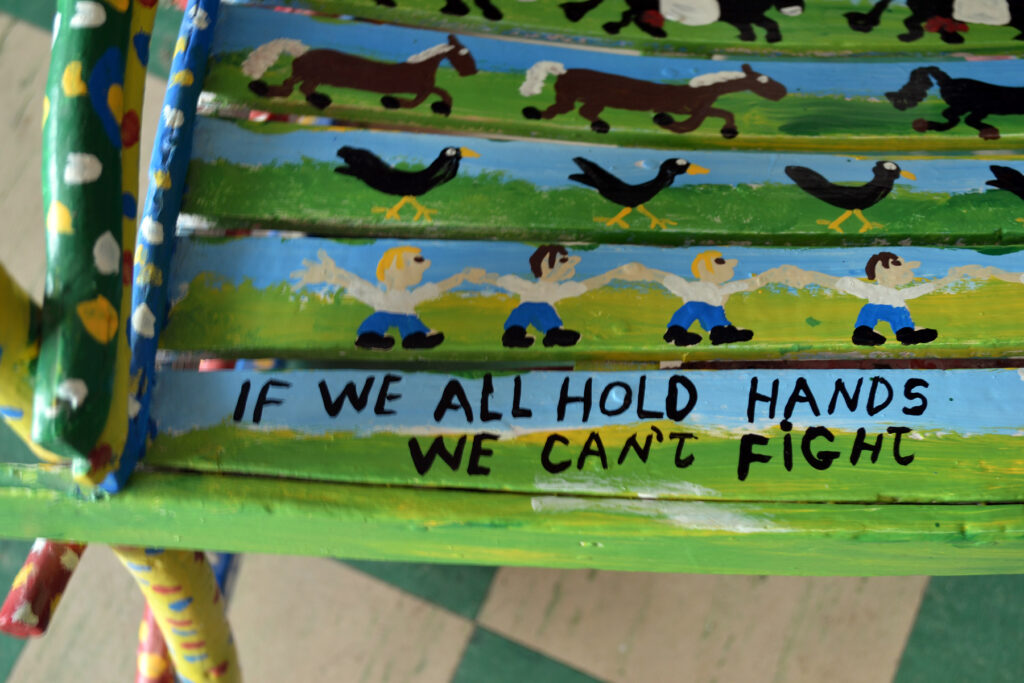
Which leads us to my final question: Any words of wisdom for upcoming creative entrepreneurs?
Follow your path, and follow your dreams. Because the worst thing that could happen is you fail, you learn, and you move on. Run with the scissors. Try something different.
If you want to be a part of the work Lisa Fidele is doing in Siler City, reach out to her at The Alliance.
Guest writer Barbara Hengstenberg penned this Meet This Artist feature. Founder of WildesArt, Barbara lives on a small farm in Bear Creek, Chatham County.
